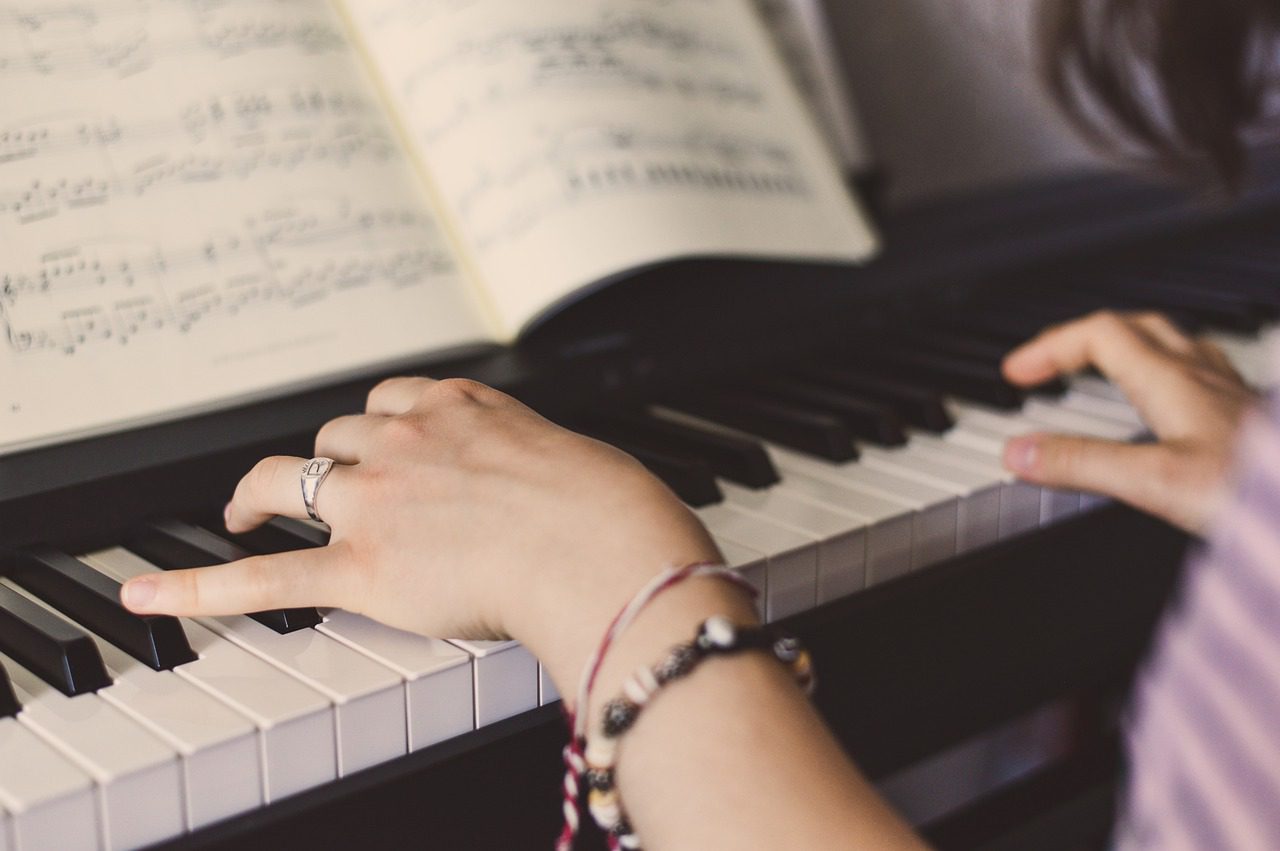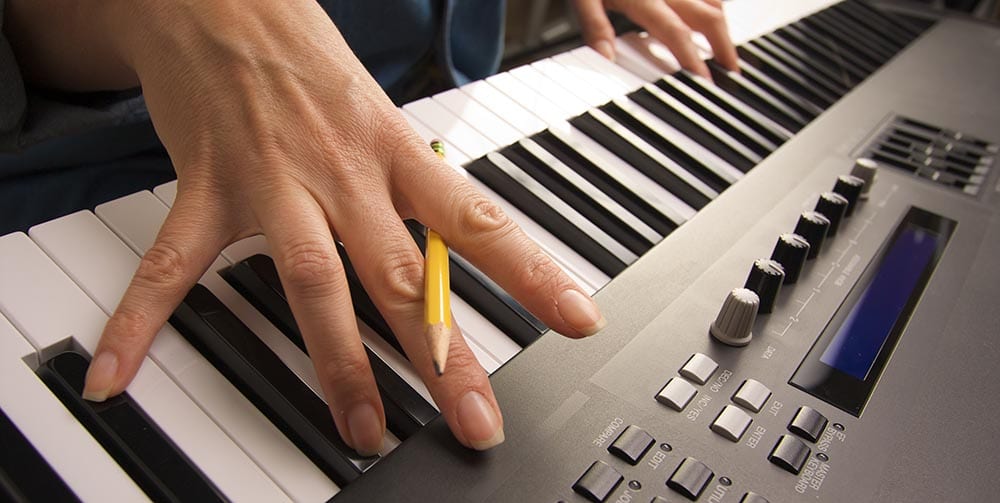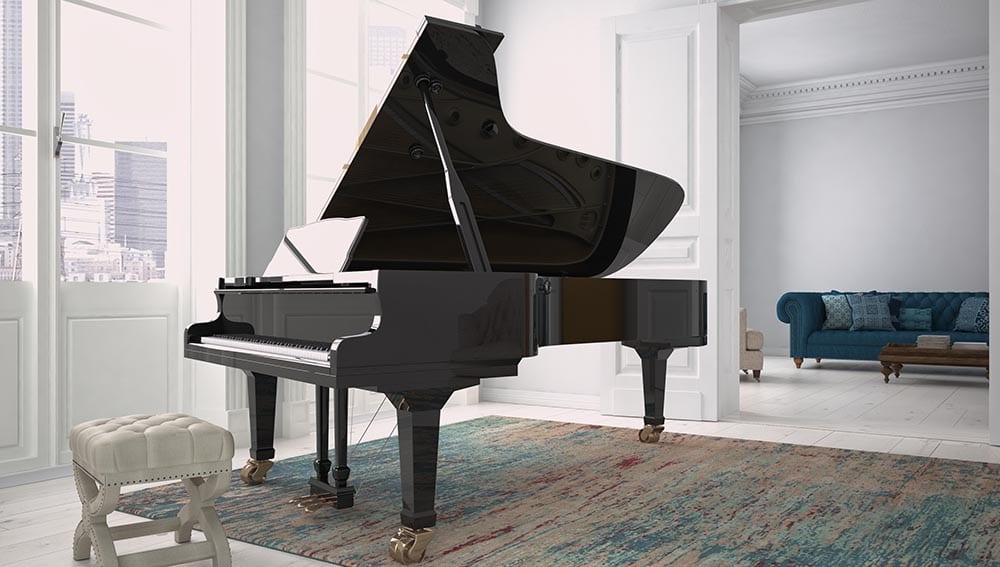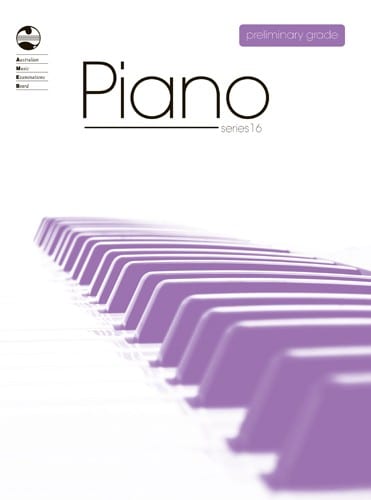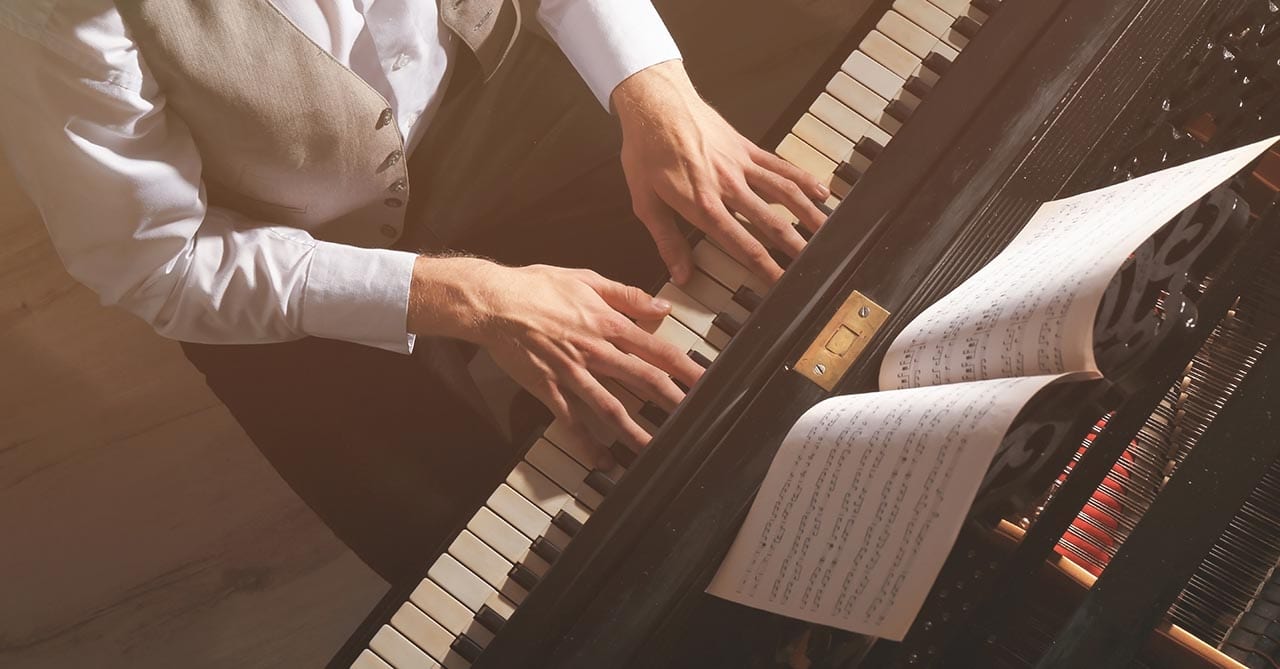A Comparative History: Keyboards, Organs and Pianos
Keyboards, organs and pianos have all shaped music for centuries. Read on to learn more about these fascinating and enchanting musical instruments.
Let’s Begin our Tour!
We will begin our tour here by giving you a comparative history of each of these musical instruments, which are all available at our piano store in Sydney.
The Keyboard
The keyboard’s origin is somewhat of a mystery and cannot be firmly established. Popular tradition states that it had its origins in Ancient Greece. The Greeks had an instrument called a ‘hydraulis’, a type of pipe organ, invented in the third century BC. It was played throughout both the Ancient Greek and Ancient Roman world, particularly during races and games. The keys were believed to be balanced and could be played with a light touch. It’s believed that this instrument was an early form of the keyboard and then later was refined and gave rise to the keyboard we have today.
The Organ
The hydraulis of the Ancient Greeks has also been attributed to being an early form of the organ. However it wasn’t until the 8th century (Middle Ages) that organs as we know of them today were being built in Europe. Later, they started becoming associated with the churches and clergy. In fact, some of the best organ music originated in the churches and monasteries of medieval Europe. It wasn’t until during the High Baroque period in Europe (1625-1675) that the organ reached great fame and popularity.
Composer Johann Sebastian Bach (1685–1750) really helped bring it to fame too through his musical performances. These are still being performed all over the world today.
The Piano
The piano, first known as the ‘pianoforte’, evolved from the harpsichord (a musical instrument in existence around 1700 to 1720). An Italian by the name of Bartolomeo Cristofori is credited with the piano’s invention. At that time, manufacturers of the harpsichord wanted to make an instrument with a better response than the harpsichord.
Cristofori, who was the keeper of musical instruments in the court of Prince Ferdinand de Medici of Florence, came up with the idea of the piano to solve this problem. Later on, we see from about 1790 to the mid-1800s, piano technology and sound greatly improved due to the inventions of the Industrial Revolution and also as new scientific knowledge came into existence.
Amazingly, you can still see three of Cristofori’s original pianos, as they still exist today and are held at the following museums:
- His 1720 54-note instrument is in the Metropolitan Museum of Art in New York.
- His 1722 four-octave instrument is in the Museo degli Strumenti Musicali in Rome.
- His 1726 4-octave piano is in the Museum at Karl Marx University in Leipzig, Germany.
Major Musical Players
Each of the three instruments we have looked at here have been major musical players in the history of music and will continue to be as the years go by. Come view them at our showroom. Make your own history by owning one of the above pieces. Contact us now!


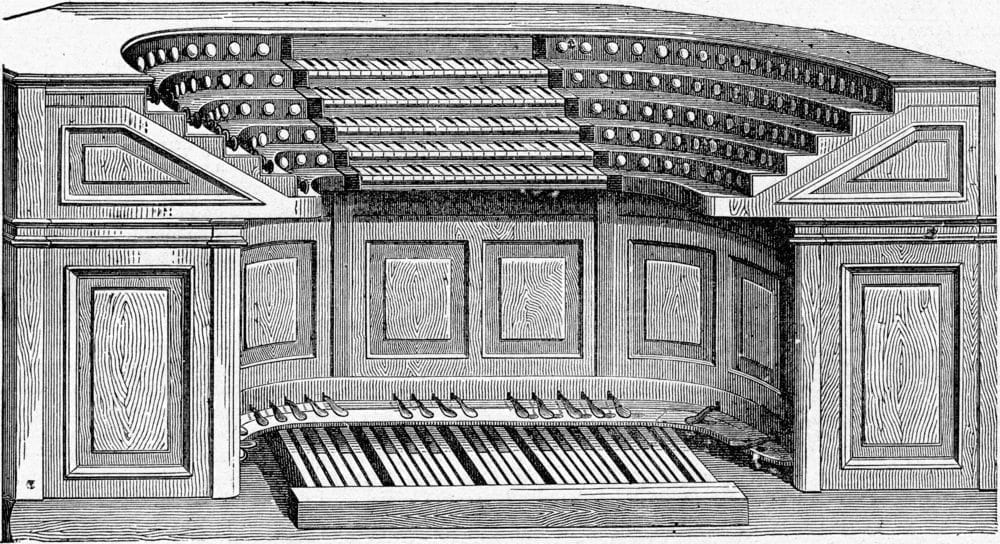
 July 24, 2017
July 24, 2017
